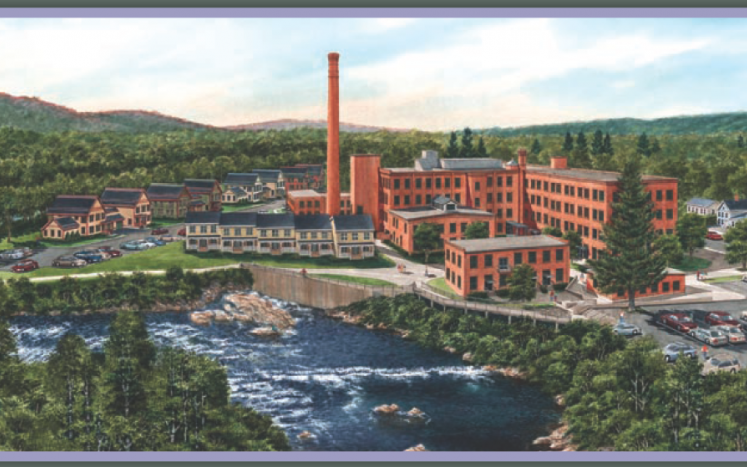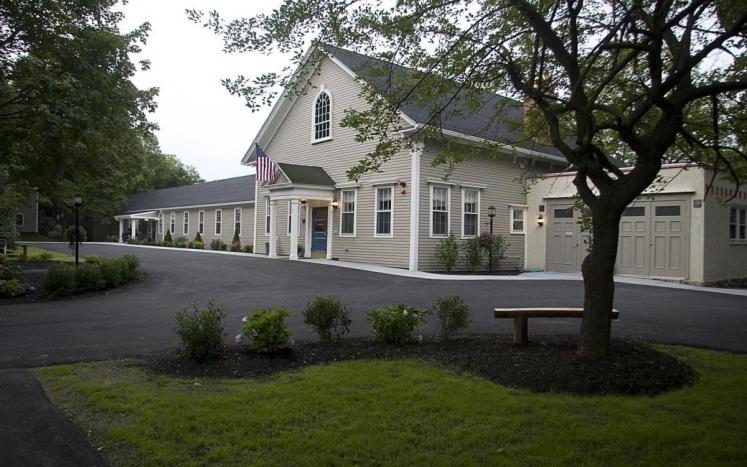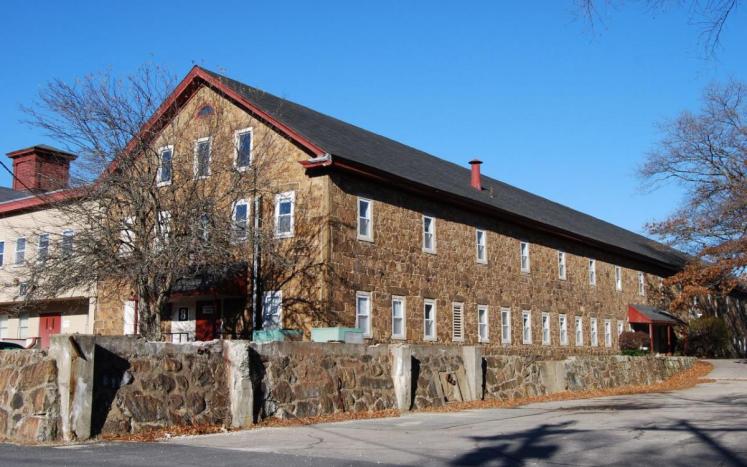Mixed Use CPA Success Stories
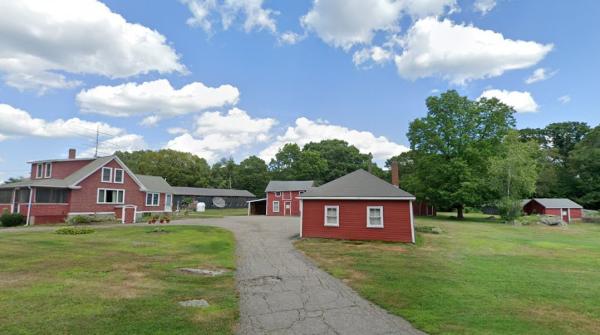 | Seekonk Uses CPA to Envision a New Future for the Historic Medeiros Family FarmFor many communities, CPA provides the perfect mechanism to acquire a piece of historic farmland while incorporating elements from several different CPA categories. However, the tricky part for mixed-use projects is often the planning process: communities need to have a clear idea for what their CPA funds will be used for, how the land will be preserved, and the best way to save and utilize historically significant buildings on the property. The Town of Seekonk demonstrated the perfect approach to opportunities like this with the Medeiros Family Farm.
|
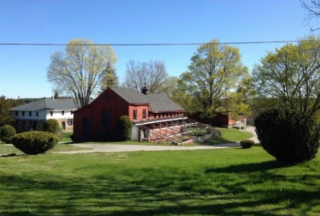 | CPA Helps to Redefine Historic Beaver Brook Farm in DracutThe Dracut public wanted Beaver Brook Farm and backed this desire with $2.8 million in 2015. Now, what will they do with the prize?
Beaver Brook Farm is one of the oldest farms in a region which was first permanently settled in 1669. The land and original 1736 farmhouse provide “eye candy” for those driving past on Mammoth Road and establish a sense of place for residents.
|
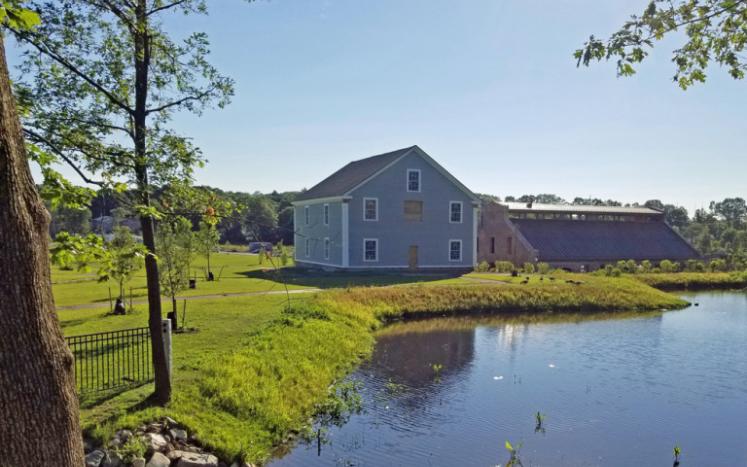 | Endangered No More: The Paul Revere Heritage Site in CantonIn 2008, after a failed rezoning effort left his clients short on hope and looking to cut its losses, a prominent Canton zoning attorney signed off on a request to demolish the buildings at Plymouth Rubber. The gauntlet was thrown down, and the situation looked bleak. Local preservationists on the Canton Historical Commission raised the alarm. The loss of these buildings would be the death knell for the history and heritage of what was once the home of Paul Revere. That was the year that the dream was born.
|
CPA Trifecta in Wareham - Housing, Open Space, and RecreationOne of the strengths of the Community Preservation Act is how it creates opportunities for successful partnerships and acts as a catalyst for leveraging new funding. A great example of how these actions can come together and form a successful project can be found in the Town of Wareham, where three non-profits working with their local community preservation committee preserved 8 acres of land along the Weweantic River, opened up access to the river for recreation, and provided new homes for previously homeless individuals.
| |
Regional Projects Are A Growing Area of Success For CPAHistoric preservation, open space protection, recreation, and affordable housing needs sometimes extend across CPA town boundaries. For example, sometimes a large, important open space parcel spans the borders of two or three neighboring communities. Or a regional school that serves two different CPA communities, but is physically located in just one of those communities, needs to rehabilitate its recreational playing fields. Increasingly, CPA communities are receiving funding requests for such regional CPA projects, and many are enthusiastically responding with grants of CPA funds.They are finding that if each community contributes some of their CPA funds towards the project, the sum can be greater than the parts, and all of the communities benefit.
| |
Norfolk Aquires, Repurposes Dormant Farmland with Mixed-Use CPA ProjectJust outside the town center in Norfolk, Community Preservation funds are helping turn a 22-acre parcel of dormant farmland into land for recreation, conservation, and affordable housing. Formerly called Gump's Farm, the parcel off Route 115 housed a popular farmstand that shut down four years ago and was being eyed by developers for market-rate housing. Thanks to CPA, the land will instead become a multi-faceted public asset for local residents.
| |
Cable Mills Adaptive Reuse Project, WilliamstownOn August 29, 2007, the North Adams Transcript described the Cable Mills project as "a state model for how the Community Preservation Act can work," writing, "With affordable housing, a publicly-accessible walkway along the Green River and preservation of a historic mill building, the project has created a Community Preservation Act triple play." | |
Lexington’s Douglas House for Brain-Injured Adults Exemplifies CPA Adaptive ReuseThe town of Lexington launched an award-winning community preservation project that encapsulates three CPA pillars and continues to enhance the lives of individuals and the local community. | |
Ames Shovel Shop, EastonYears from now, Easton residents enjoying a vibrant downtown may not know that they have the historic Ames Shovel Shop CPA project to thank for their beautiful town center. But that's a fact Selectwoman Colleen Corona won't soon forget, considering that the town's investment of CPA funds in the historic preservation and community housing portions of the development led to many other improvements downtown. | |
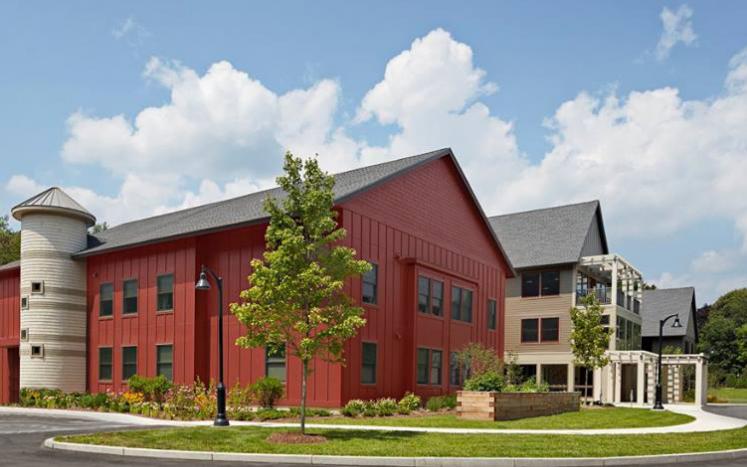 | Benfield Farms, CarlisleThe Town of Carlisle, a small CPA community in northeastern Massachusetts, is home to the Neighborhood of Affordable Housing, Inc (NOAH) Benfield Farms, an exemplary ground-lease, mixed-use CPA project. The town and partners from across the state celebrated a groundbreaking in May 2013. The 45-acre site has benefited from Carlisle’s dedication to the holistic planning of the land, and the creation of separate restrictions for each use. Volunteers and town officials from recreation, conservation, planning, and housing backgrounds worked together to create a collage of uses that fills the needs of the town. The land hosts public-access conservation land and a 26-unit senior affordable housing development.
|
 | Northampton Community Farm & Florence Recreation FieldsIn the 19th century, former slave, abolitionist, and preacher Sojourner Truth farmed a 181-acre parcel in the city of Northampton containing some of the richest farm soils in the world. But by 2009, the fate of the landscape was uncertain. The land was the subject of a local tug-of-war: a strong contingent of parents wanted more playing fields for their kids, while other city residents were insisting that the land be devoted to agriculture. Thankfully, a city-appointed task force was able to come up with a plan involving help from CPA funding that had something for everyone – soccer and baseball fields, a working farm, community gardens, and conservation land.
|
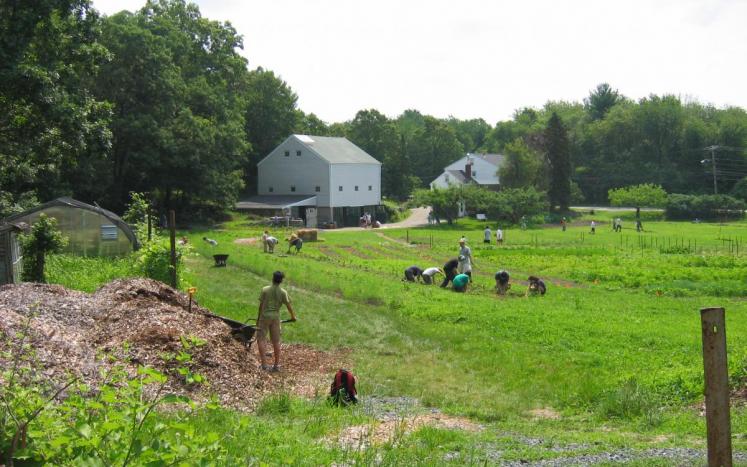 | Angino Farm Acquisition, NewtonOriginally settled in the late 1600s, the Angino farm property was bought in 1917 by the Italian immigrant Angino family. In 2005, after 350 years of agricultural use, the property was the last working farm within Newton’s city bounds. Using CPA funds, the city of Newton was able to acquire this historic property when the landowner, Jerry Angino, passed away. The 2.25 acre parcel, though small in size, included a historic barn and farmhouse and embodied centuries of local agricultural history. Had the town not acquired the property, it was slated to become a $3.75 million condominium development.
|
 | Bradstreet Property Acquisition, RowleyThe Bradstreet Farm on Route 1A had been in the Bradstreet family since 1635, when the land was granted to Humphrey Bradstreet by King Charles I of England. The property includes an early 19th century farmhouse and 18th century barn in addition to upland meadow, woodland, and marsh. Sixty percent of the property is part of Rowley’s Great Marsh. |





